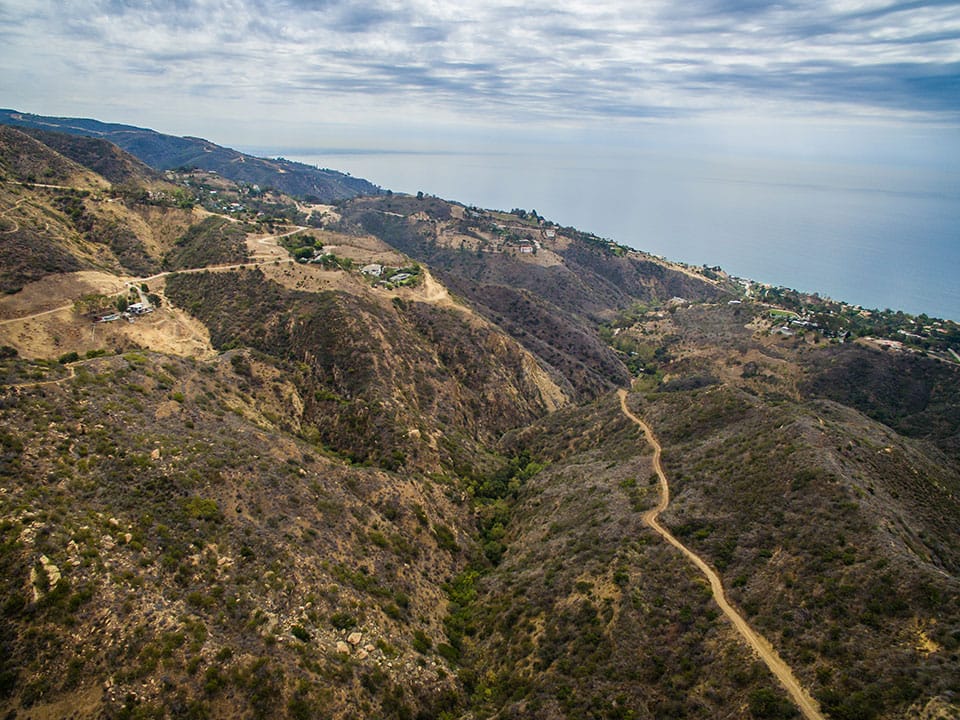Carbon Canyon

Located in the Santa Monica Mountains, this property, known as Carbon Canyon, provides a scenic backdrop for Carbon Beach and Highway 1. Protecting this land as open space is important to preserve existing wildlife corridors, as well as to reduce fire risk—especially as residential expansion pressure from nearby Malibu increases.
The 91-acre property is also an important piece of the Coastal Slope Trail, a 70-mile recreational trail network stretching from Topanga State Park to Point Mugu State Park. When complete, the trail will link the network of public lands for a seamless recreational experience across the Santa Monica Mountains National Recreation Area, spanning Los Angeles and Ventura counties. The Coastal Slope Trail is partially completed and acquisition of private land is required to fill in gaps between existing public lands in the trail plan. Without this land, the Coastal Slope Trail would need to be substantially rerouted in this area.
Carbon Canyon contains significant stands of chaparral and chaparral forest, a characteristic of the Santa Monica Mountains, that support a wide variety of plant and wildlife species, while also providing an important buffer for homes in the case of wildfires. The Trust for Public Land is working across Southern California to conserve land that protects communities from wildfires, including the recently protected Hanning Flat property in Kern County.
The landscape includes rocky outcroppings and small mammal burrows—habitat characteristics essential to amphibians, reptiles and other small mammals, such as foxes. Larger mammals (including mountain lion, bobcat, and coyote) are supported by the property’s rugged mountainside habitat and are known to use the property for transit between protected areas. The presence of mule deer and mountain lion is an indicator of large-scale ecosystem health. The Carbon Canyon drainage captures runoff and conveys water to Santa Monica Bay and the Pacific Ocean.
The Carbon Canyon project was funded through the California Natural Resources Agency’s Environmental Enhancement and Mitigation program, the State Coastal Conservancy’s Santa Monica Bay Restoration program, Los Angeles County, and donor-directed contributions.

